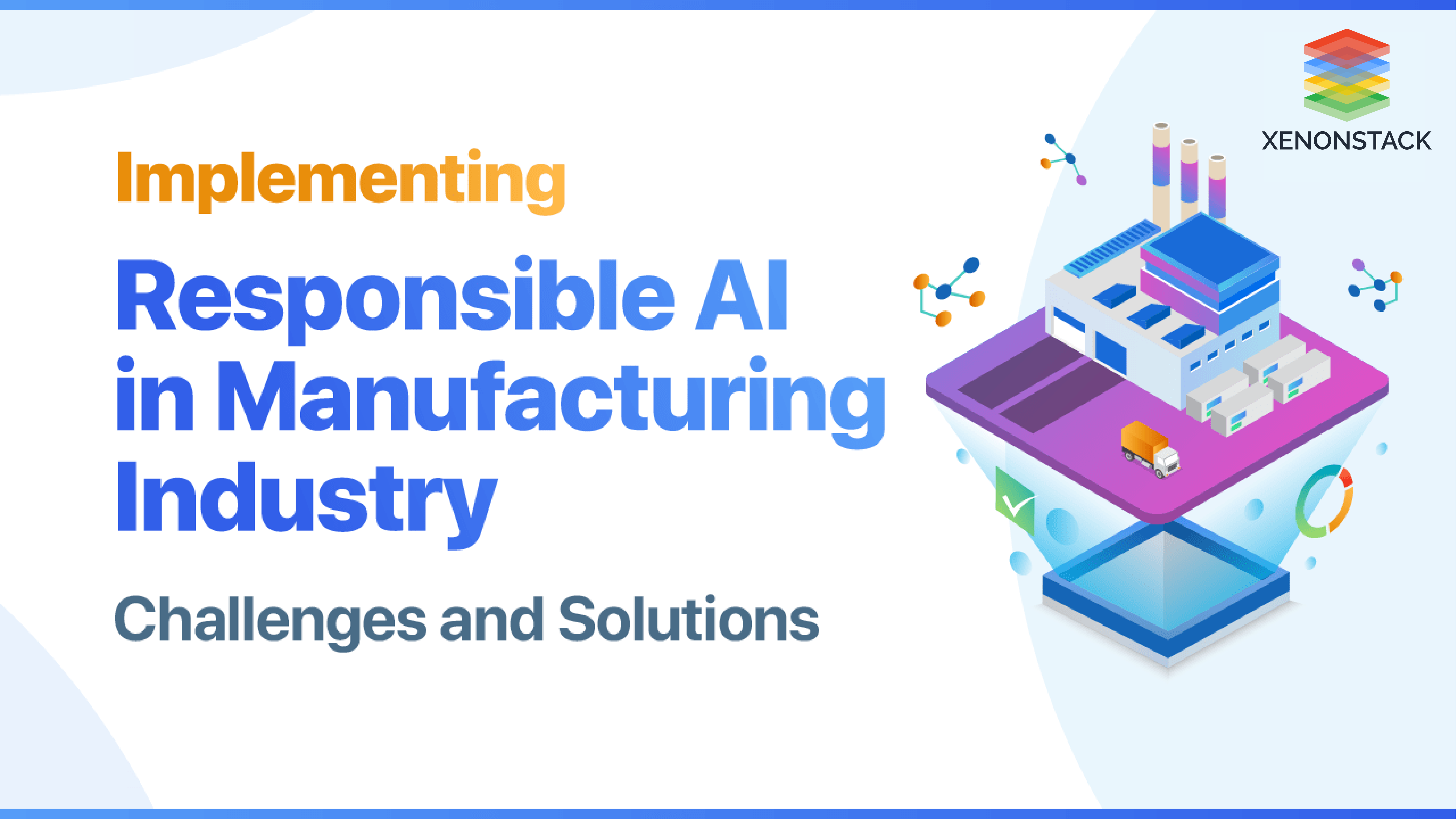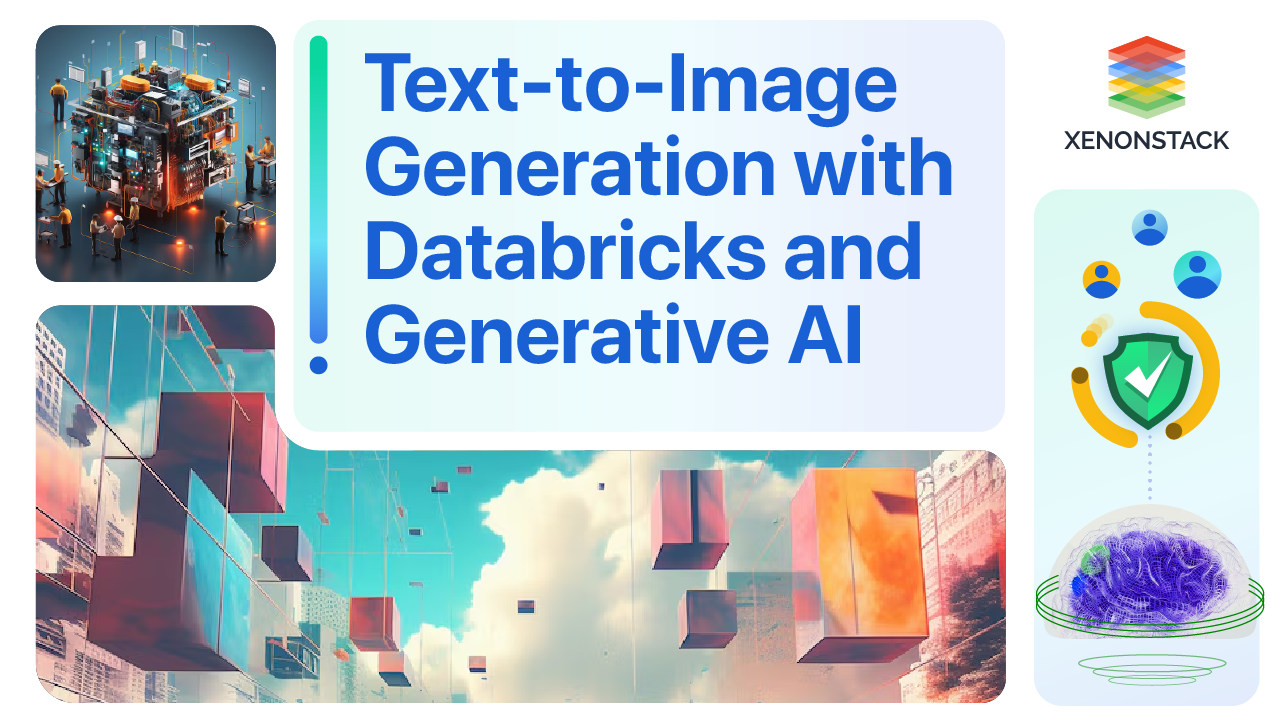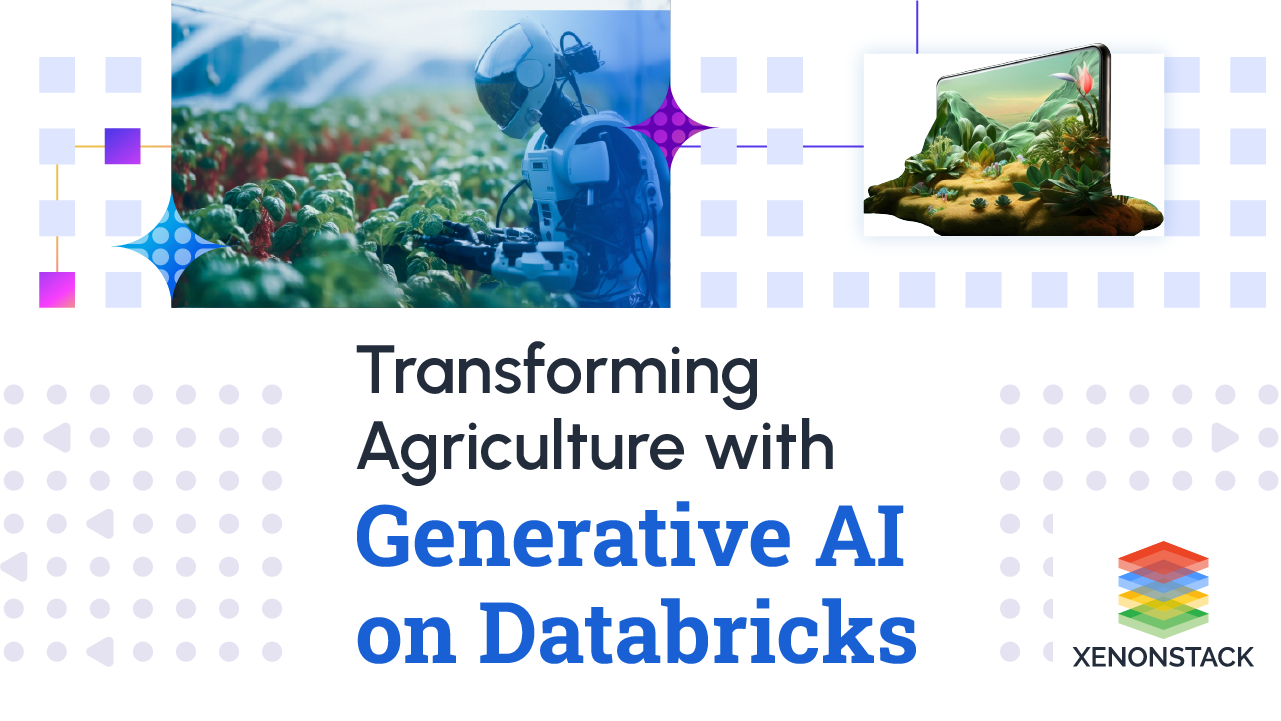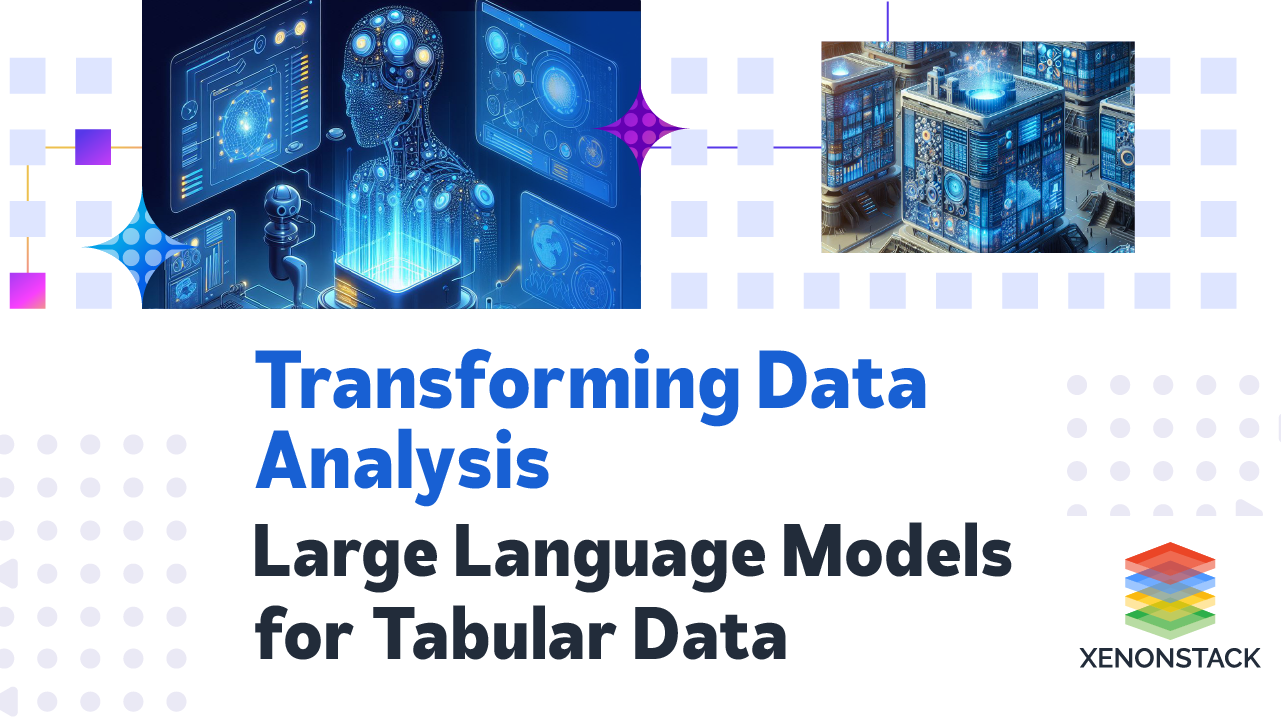
Introduction to Responsible AI in Manufacturing
AI in manufacturing streamline its operations and reaping benefits by implementing AI in predictive maintenance, predictive process design, supply chain optimization, etc. But still, the industry is facing issues in some cases as AI is not justifying its decisions, but sometimes the wrong decision lets them pay a lot. Let’s discuss a need for Responsible AI in manufacturing by a case study of the Predictive Maintenance scenario. This process can save a lot of money and time by reducing and predicting machine breakdown. It can predict machine/tool failures.
However, it sometimes misses identifying maintenance requirements that led to idle workers, lost revenues, and customer trust. Besides, it may replace parts that still have a meaningful working life, wasting time and money. The manufacturer is also not able to recognize these cases because AI is not interpreting its result.
"A factory loses between 5% and 20% of its manufacturing capacity due to downtime-According to the International Society of Automation.”
These replacement and maintenance costs are high; therefore, correct decisions are required. Therefore Explainable AI in manufacturing is required to know the mistakes that the System made while making decisions. To solve these issues, Responsible AI may help to provide a system that could justify its decisions.
Artificial Intelligence can help create machines to perform specific tasks that normally require human intelligence. Click to explore our, AI Adoption Challenges and Solutions
What is Responsible AI in Manufacturing?
The White-box model is a solution to solve issues coming due to the opaque nature of ML models. It makes the system interpretable and empowers the developer and Customer to execute complex projects confidently and confidently. White-box models provide clear explanations of their behavior, such as
- How does the system make decisions?
- Which parameters influenced the model decision more?
- Is the decision made by the system correctly or not?
- What are the limitations of the system?
Responsible AI is reaping the benefits of improved efficiency and decreased downtime while increasing customer satisfaction in scenarios including predictive maintenance, predictive process design, supply chain optimization, and more.
Ethics, ML interpretations, human-centered and secure AI is a base of the systems. It fulfills the principles based on human rights, morals, laws, regulations, and best practices of developing Machine Learning and Artificial Intelligence processes.
- It acts as a bridge for transparency and trust to fill the gap between AI technology and consumers.
Explainable AI techniques allow us to justify ML results in a format that humans can understand. Hence makes it easy to validate decisions. - Manufacturing industries can improve operational efficiencies and provide better and cheaper services through AI - this is only possible if they have enough trust in the models.
- Transparent AI systems allow ML models to be debugged. They can check the logic and fairness of data, which leads to better development of ML models.
- It advances the manufacturing industry services by building humanly interpretable, trustworthy, and effective AI systems.
What are the challenges of Responsible AI in Manufacturing?
AI systems are using black-box approaches to get high accuracy. Still, due to the complexity and less transparency in the systems, it lacks accountability in the decision-making process. Thus having a lack of confidence in the decision of the AI system. In some cases where transparency is critical, we cannot use opaque models. Lack of fairness in AI applications has become a common issue. An increase in the number of cases becomes a bottleneck for adopting AI in enterprises.
If one could make AI applications transparent, understandable, and accountable, it could rapidly unlock innovation.
A solution to solve issues coming due to the opaque nature of ML models and makes the system interpretable and empowers the developer to execute complex projects. Responsible AI in Manufacturing Industry
Why do we need Responsible AI in Manufacturing?
Responsible Artificial Intelligence approaches in the manufacturing industry require for :
- Predictability, Agility, Resiliency: To develop manufacturing processes to reduce operational complexity, cost, risks and maintain continuity in the business processes.
- Transparency and Visibility: Reduce disruption by providing complete visibility of the system.
- Deliver Customer Promises: Preserve customer promises by solving their queries with Explainable AI.
- Manufacturing Efficiency: Increase in production efficiency that produces more goods in less time and helps increase revenue.
- AI-driven Insights: Align the products by understanding customer behavior, interest patterns, product recall data, and demands. AI provides a granular view of the products they manufacture.
- Human-Centered: Make the system under the control of humans for social well-being.
What are the approaches for Responsible AI In Manufacturing Industry?
Some principles make the AI system more accurate, feasible, and valuable for society. It is required to infuse such beliefs and principles into the AI system.
- Responsible: It makes it more responsible for decisions while designing, developing, and deploying AI applications. In AI-based applications such as predictive maintenance, the major question that people ask is who will be responsible for the loss if the system makes wrong decisions. If AI systems mess up, there will be evidence that it can show a shortcoming of the system that is not taken care of or should be taken care of.
- Equitable: AI systems must respect the law of equality. Therefore it is required to track and mitigate the bias in AI systems to provide equal opportunity to everyone. AI is taking deliberate steps to minimize unintended bias in AI capabilities. Responsible AI principles promise to give a fair system.
- Traceable: Transparency makes the decisions and mistakes of an AI system traceable and takes action at the correct time, such as while failure detection system may justify that generator rotor bearing is not working properly because it is generating more temperature. It is required to be replaced in the coming days.
- Reliable: Our system builds secure, safe, and effective capabilities in AI systems. It makes sure to use Privacy and Preserving AI approaches for the AI system’s safety and keep the system and confidential information secure.
- Governance: The system always makes sure to detect and avoid the unintended consequences of the system, especially adverse ones. It is capable of deactivating the system that shows unintended behavior. In other words, it is all under the control of humans.
The process of using production management software or RPA tools to operate manufacturing. Manufacturing Process Automation
Use Cases of Responsible AI in Manufacturing
The Use Cases of Responsible Artificial Intelligence in the Manufacturing Industry are listed below:
Supply Chain
- Supply chain optimization: AI system provides more accurate and fast capacity planning, productivity, high quality, lower costs, and greater output in supply chain operations. It ensures the raw materials for the manufacturing plants in the least possible time in a cost-effective manner. Responsible AI makes this process transparent and traceable, thus making tasks under control and considerations.
- Demand Forecasting: According to the market, product, and sales data and trends, it can predict sales in the market. Thus according to the forecast can fulfill the required demands on time. It can predict future sales more accurately than traditional techniques and make the process efficient and productive.
Predictive Maintenance
- Machine Failure: Predicting machine failure before happening could save a lot of idle time and improve productivity. Replacing a machine can cost billions, so to spend money only when required, Responsible AI could help. By giving a proper justification for its decision that the machine will fail at a particular time.
- Preemptive Maintenance: AI systems make it possible to service repairs are made as they are required, rather than proactively repairing equipment before it fails using data generated from sensors such as electrical current, vibration, and sound
- Fault Detection: Similarly, it is used to detect faults using AI systems. It can predict equipment failure signs well before they happen. It can improve the efficiency of the maintenance process and reduce overall maintenance costs and time.
Yield Production
Yield production directly impacts the manufacturer's performance. AI can improve yield production by predicting the changes in output with data such as temperature, equipment, raw materials, environmental conditions, etc. Using AI can detect the difference, track the reason behind the change, and then take further actions according to the reason.
A technology-driven approach that uses Internet-connected machinery to observe the production process. Taken From Article, Enabling IoT Solutions for Smart Manufacturing
Conclusion
Responsible AI in manufacturing is a critical aspect of the industry's digital transformation. It helps to ensure that AI-powered systems and technologies are designed, developed, and deployed ethically and transparently. By taking a responsible approach to AI, manufacturers can benefit from the increased efficiency, flexibility, and scalability that AI can provide, while minimizing the risks of unintended consequences and negative impacts on workers, customers, and the broader society.
- Read here about Enterprise Manufacturing Intelligence Tools
- Explore about Manufacturing Data Analytics Platform


